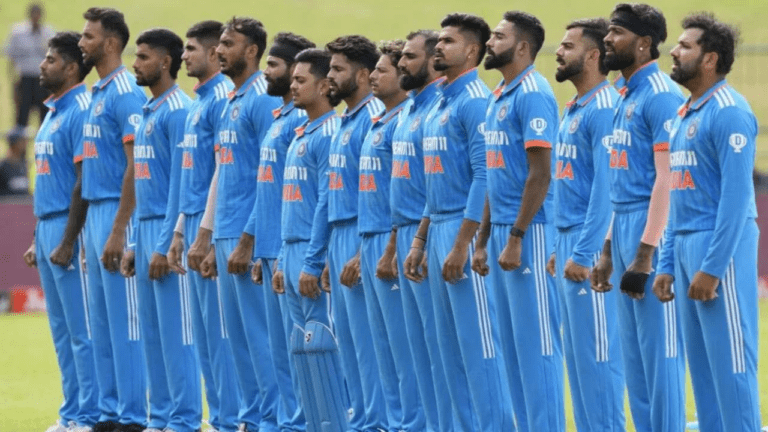IPL’s Impact on Indian Sports Journalism: From Newsrooms to Social Media
Lotus365, Gold365: The Indian Premier League (IPL) has undeniably reshaped how traditional sports are covered in the media landscape. With its fast-paced matches, star-studded line-ups, and thrilling moments, the IPL has captured the attention of not just cricket enthusiasts but also casual viewers. The tournament’s popularity has led to increased coverage in mainstream media outlets, with newspapers, television channels, and radio stations dedicating extensive airtime and column inches to report on IPL matches, players, and off-field incidents.
The advent of the IPL has also sparked a fierce competition among media organizations to provide the most in-depth and engaging coverage to their audience. This has resulted in innovative ways of reporting, including live blogs, social media updates, and multimedia content such as videos and podcasts. The traditional sports coverage has thus evolved to be more interactive and engaging, with fans now able to access real-time updates, analysis, and behind-the-scenes insights like never before.
Transition to Digital Platforms
As technology continuously advances, the sports media landscape has significantly shifted towards digital platforms. Traditional sports coverage has now found its place in the digital sphere, where live updates, instant highlights, and interactive content dominate the scene. With the rise of social media and streaming services, sports fans can now access real-time information and engage with their favorite teams and athletes like never before.
The transition to digital platforms has not only revolutionized how sports content is consumed but has also reshaped the way in which sports organizations reach their audience. Through websites, mobile apps, podcasts, and social media channels, sports teams and leagues are now able to directly connect with fans on a more personal level, creating a sense of community and loyalty that transcends geographical boundaries. The immediacy and accessibility of digital platforms have made sports coverage more interactive and inclusive, enhancing the overall fan experience in the modern era.
Evolution of Reporting Styles
In the realm of sports reporting, a noticeable shift towards more interactive and engaging content delivery has become increasingly prevalent. Gone are the days of traditional match summaries and statistics being the sole focus of sports coverage. Instead, the evolution of reporting styles has led to the incorporation of multimedia elements such as podcasts, videos, and social media platforms to provide a more immersive experience for the audience.
This shift towards a more dynamic and multimedia-driven approach to sports reporting has not only enhanced the overall viewer experience but has also revolutionized the way fans engage with and consume sports content. By embracing new technologies and platforms, sports journalists now have the opportunity to tell richer and more engaging stories that go beyond just the final score or player performances.







